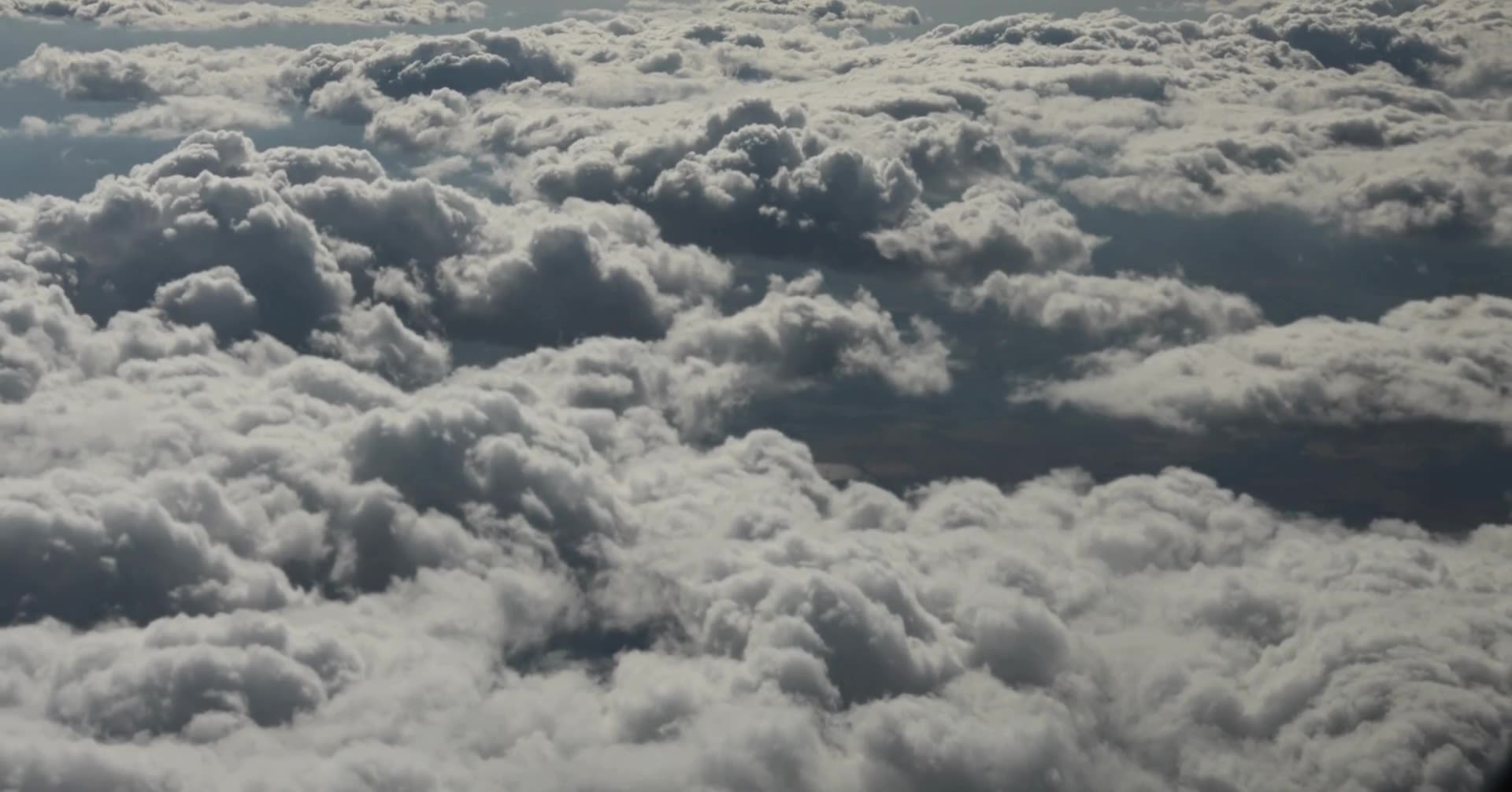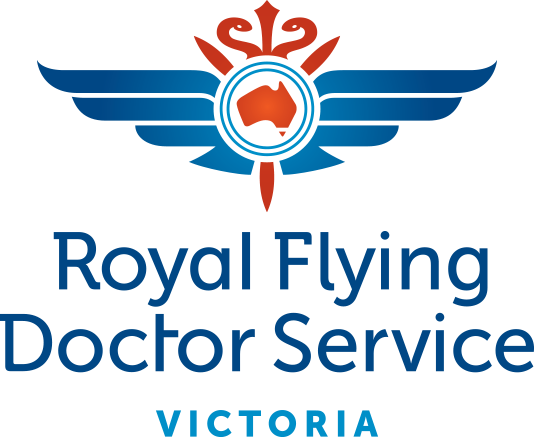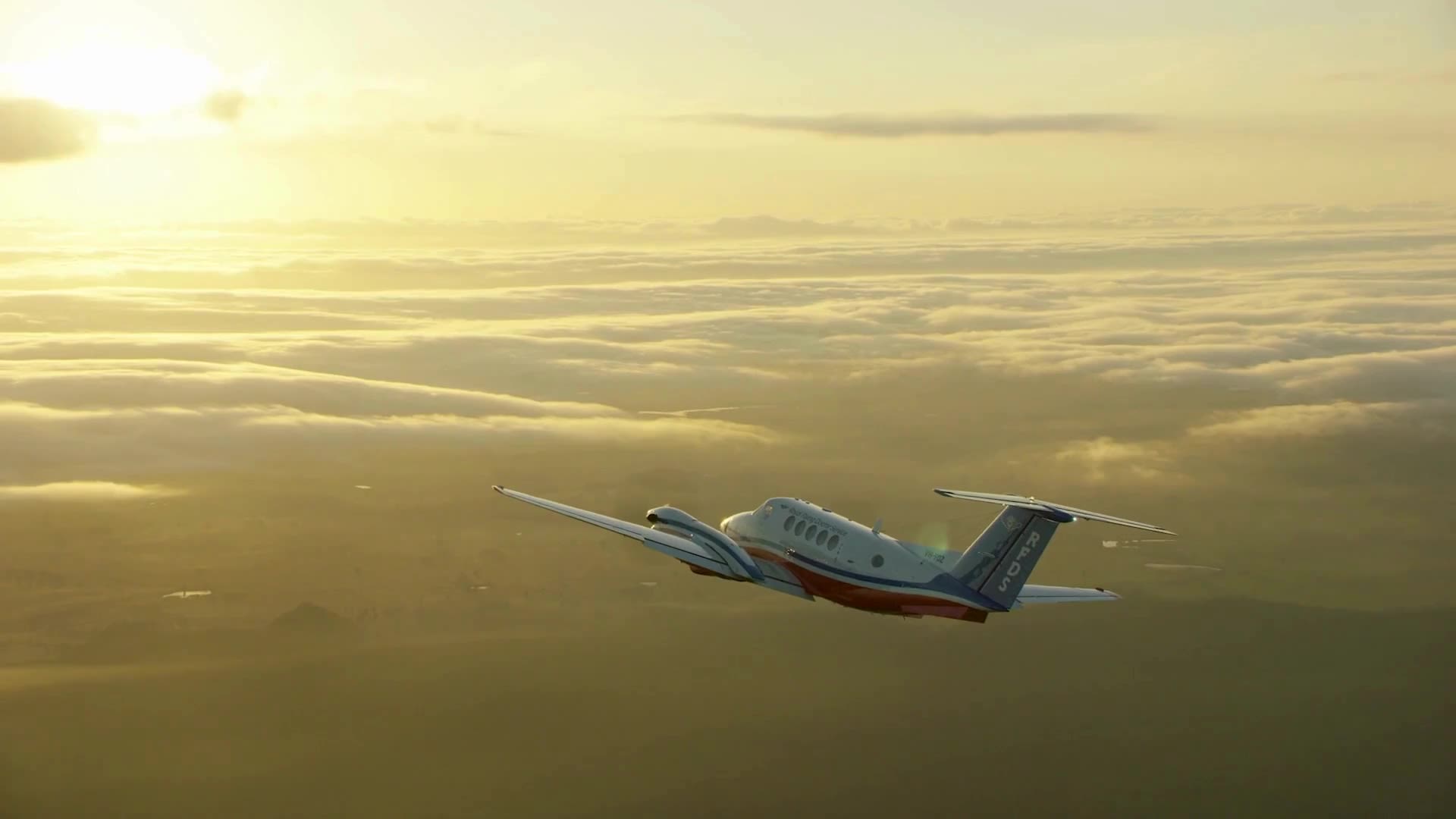
When Phongsri’s partner Suban collapsed on a late August afternoon, the last thing she suspected was a heart attack. Days later she was packing their bags, ready to travel more than four-thousand kilometres to ensure Suban’s best chance of survival - safe in the knowledge that the Flying Doctor would bring him back home safely.
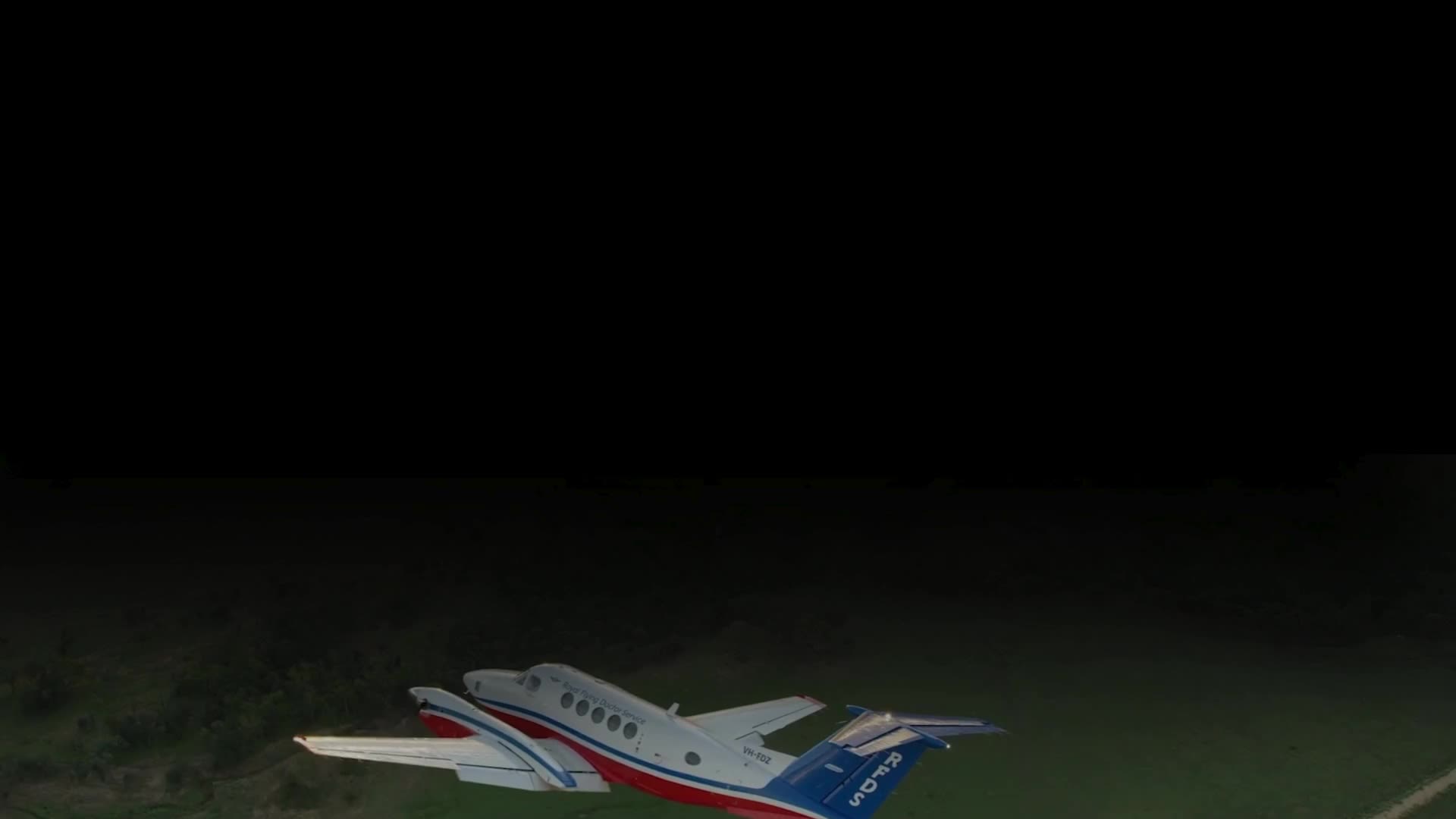
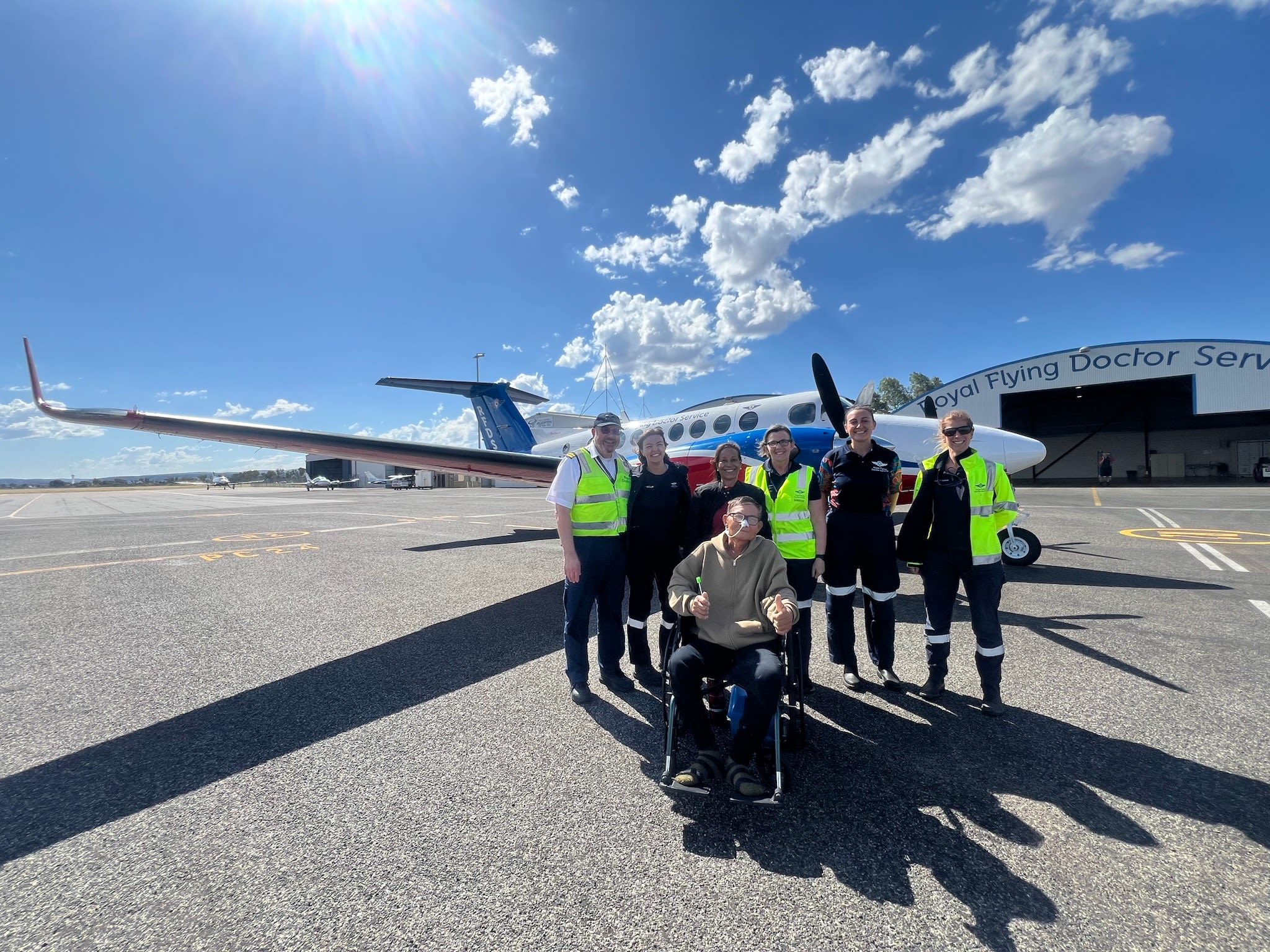
Suban Nanawan – a carpenter by trade - returned home after completing a physical day at work, seemingly in good health. He had a persistent cough that started earlier in the day but not enough for he and his partner, Phongsi, to be too concerned about.
That was, until it became progressively worse.
Suddenly it wasn’t just a cough. Sudan felt dizzy and began gasping for air.
“It was very scary,” Phongsri reflects.
“He was very sick.”
After being rushed to Royal Darwin Hospital it was first determined that Suban had suffered a severe heart attack. He required specialist treatment but due to a complicated cardiac condition the only place he could undergo surgery was The Alfred Hospital… More than four-thousand kilometres away in Melbourne.
“They sent him to Melbourne, they say there are more experienced doctors there [who can operate on his complicated condition],” Phongsri explains.
After undergoing major surgery, Suban spent 10 days on life support.
“I had been worried about him,” Phongsri confesses.
After further recovery he was stable enough to return to Royal Darwin Hospital for ongoing management and care.

Despite being deemed well enough to return to his closest tertiary hospital he was still very unwell; he could only consume food through a tube connected to his nose and required medical supervision and supportive care. Returning on a commercial flight would be out of the question.
“The simple answer is he couldn't have got back to Royal Darwin Hospital without medical transfer,” RFDS Victoria Flight Nurse, Vanessa Reed confirms.
Vanessa, along with flight nurse colleague, Andie Duronjic and pilot Captain Craig Nethery were the Essendon-based crew responsible for returning Suban back to Darwin. A 13-hour trek involving one territory, two states, two stop-overs and considerable logistical planning.
Supported by Flight Coordinator Steve Webster, the crew meticulously prepared the red-bellied aircraft for the multi-stop interstate transfer.
“Patient needs over prolonged periods can be hard to predict- especially when the patient has conditions involving the cardiovascular and respiratory systems which are affected by altitude,” Vanessa explains.
“He was dependent on our monitoring and care to keep him stable.”
Phongsri explained the flight nurses were crucial in monitoring Suban’s low blood pressure throughout the flight.
“They’re very friendly and kind. The checked on him the entire time,” Phongsri says.
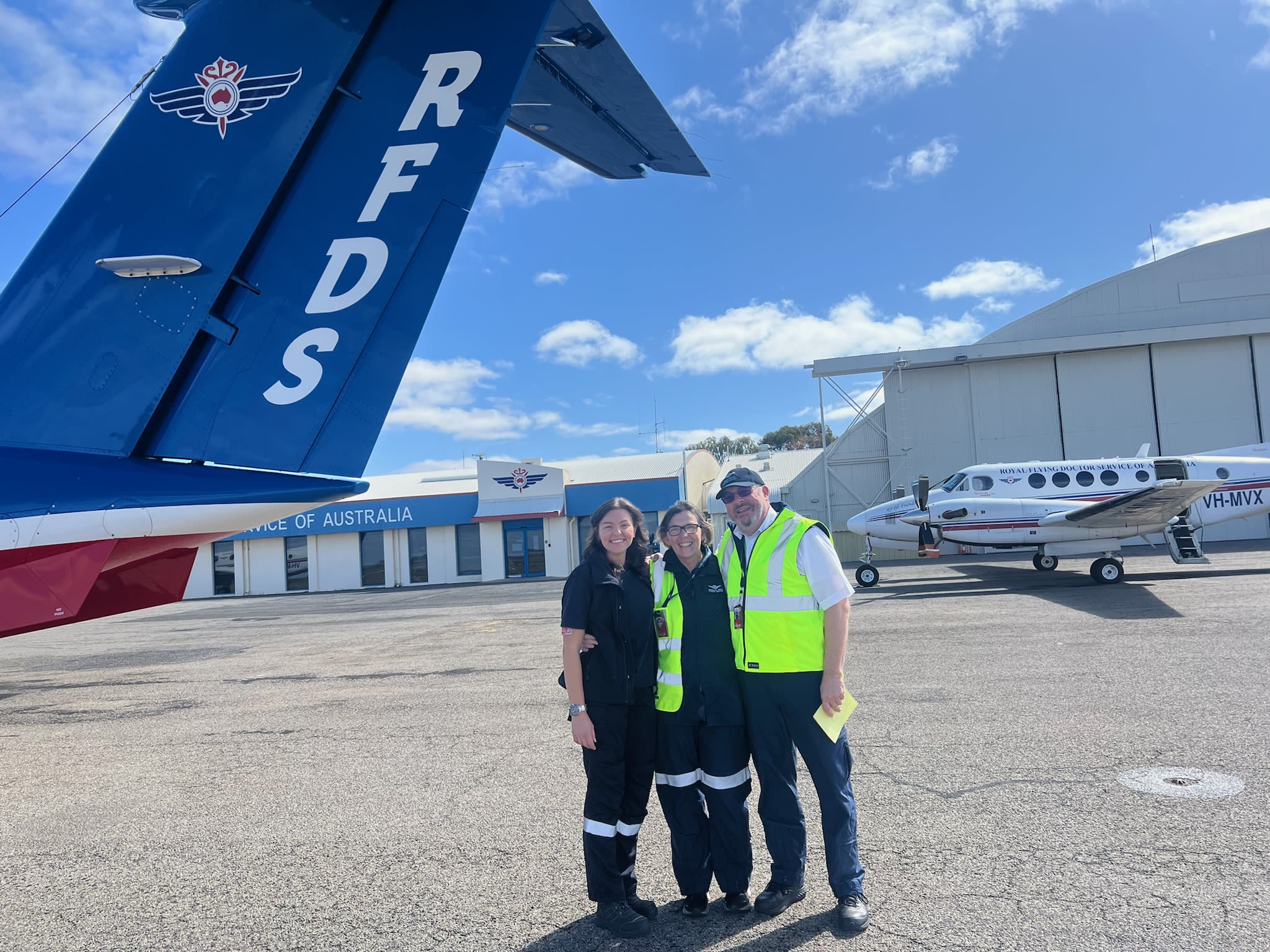
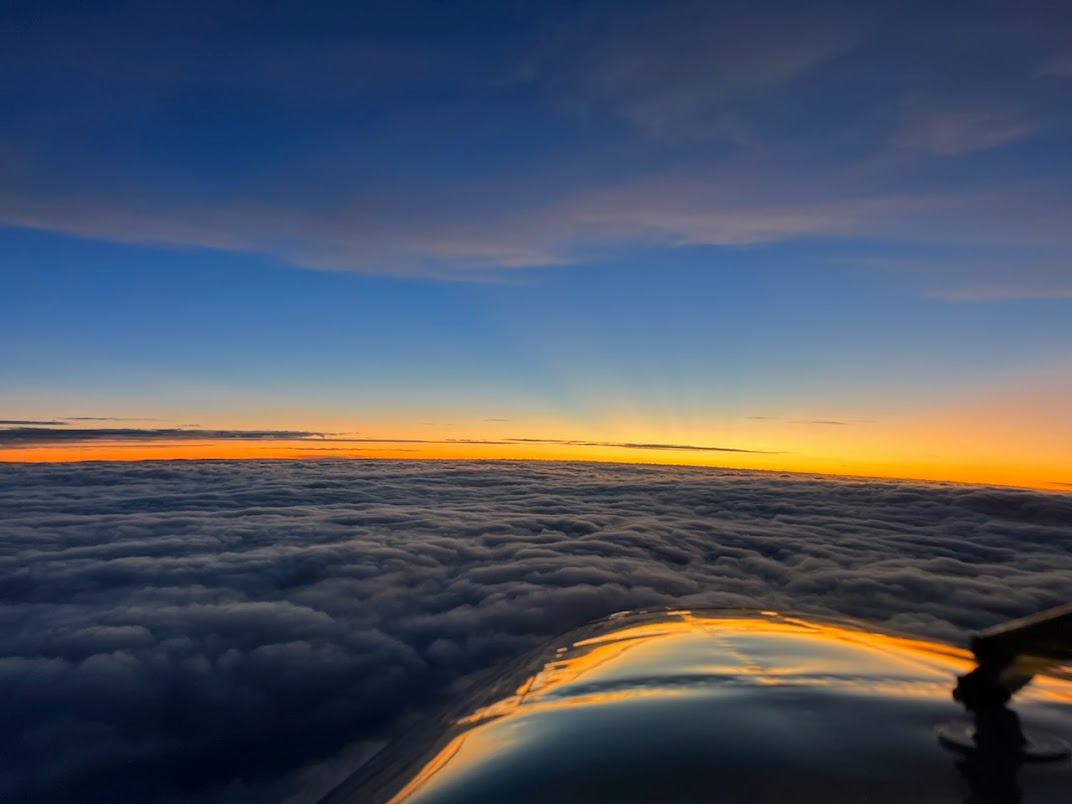

The first leg of the journey saw the crew, Suban and Phongsri land at the RFDS Broken Hill base where, after a brief stop-over and refuelling, it was then onto the RFDS Alice Springs base to repeat the process, before arriving in Darwin on dusk. It’s not every day your office view covers salt lakes, the Flinders Ranges, Lake Eyre, West MacDonell Ranges and Darwin Harbour – all whilst 26,000 feet in the air!
For Vanessa and Captain Craig, the opportunity to visit other bases was also a homecoming of sorts; between them the pair have worked in every single RFDS section across the country.
“As we circled to land, I peered down at the bases to see colleagues like myself providing the same excellent care to people in their regions - some in jets, some in single engine planes, others in twins like ours. We chat and exchange ideas. It sounds a bit corny, but it feels like a big RFDS family. You just feel welcome everywhere you go and know you and your patient will have the support you need on the journey. It gives me a great source of pride to be a part of this iconic organisation,” Vanessa shares.
The non-emergency patient transport service delivered by RFDS Victoria plays a crucial role in connecting people to the care they need. That includes taking people back to their local hospital for ongoing treatment, freeing up bed space in metropolitan hospitals whilst supporting patients in their health journey.
“Healthcare is holistic,” Vanessa starts, “and by conducting these transfers we are considering not just the health needs, but also the social, spiritual, emotional, cultural and religious needs of the patient.”
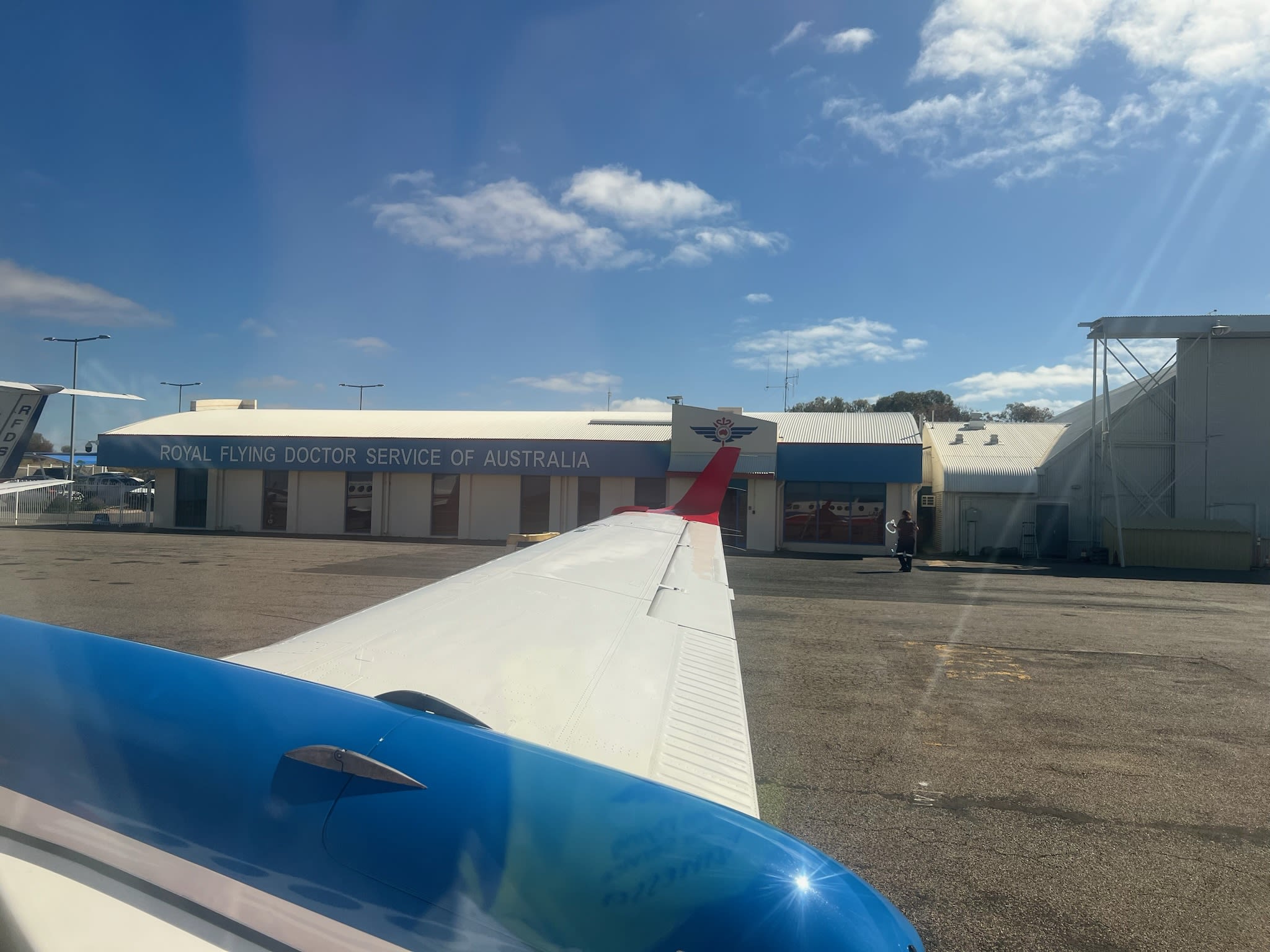
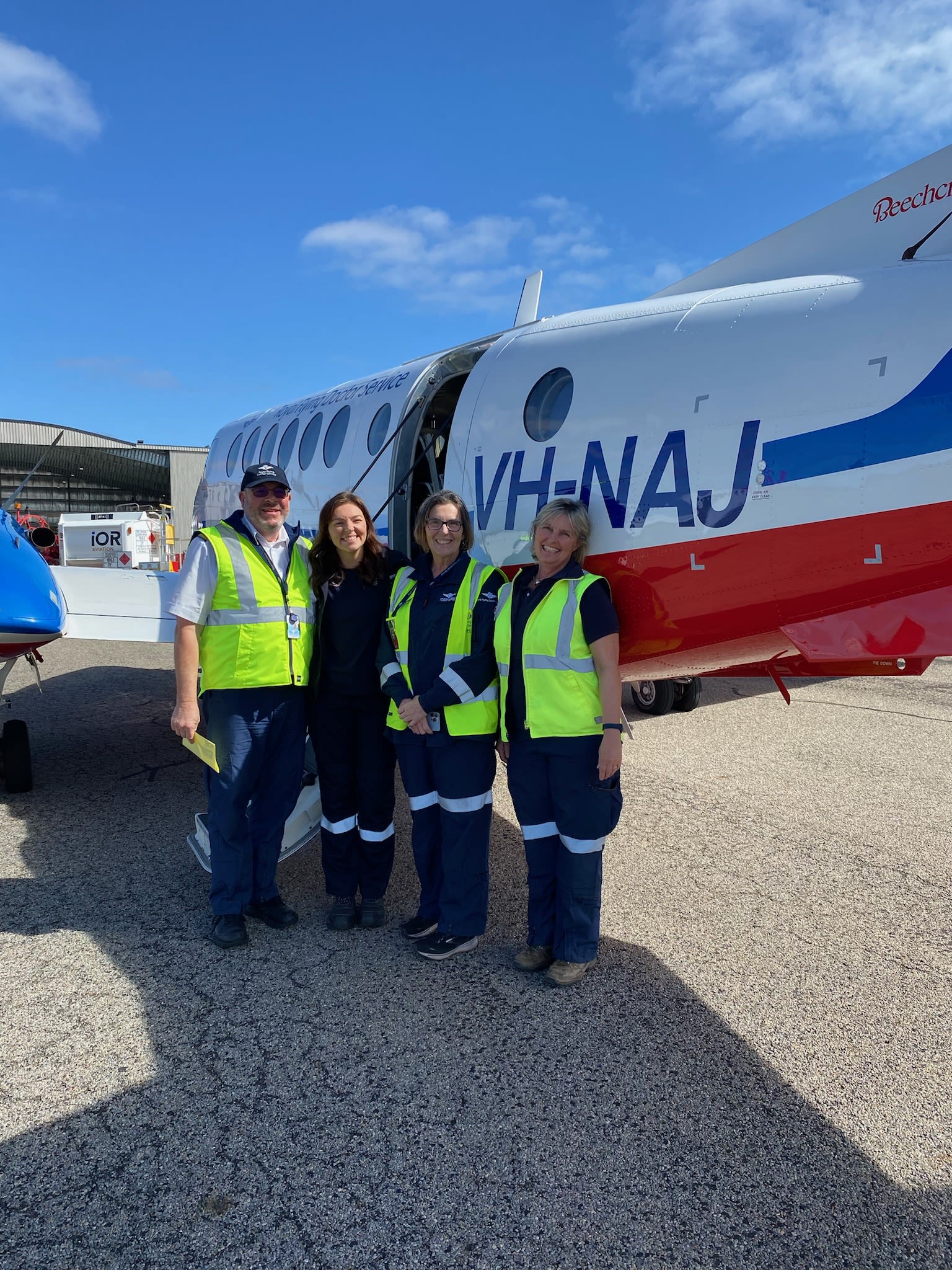
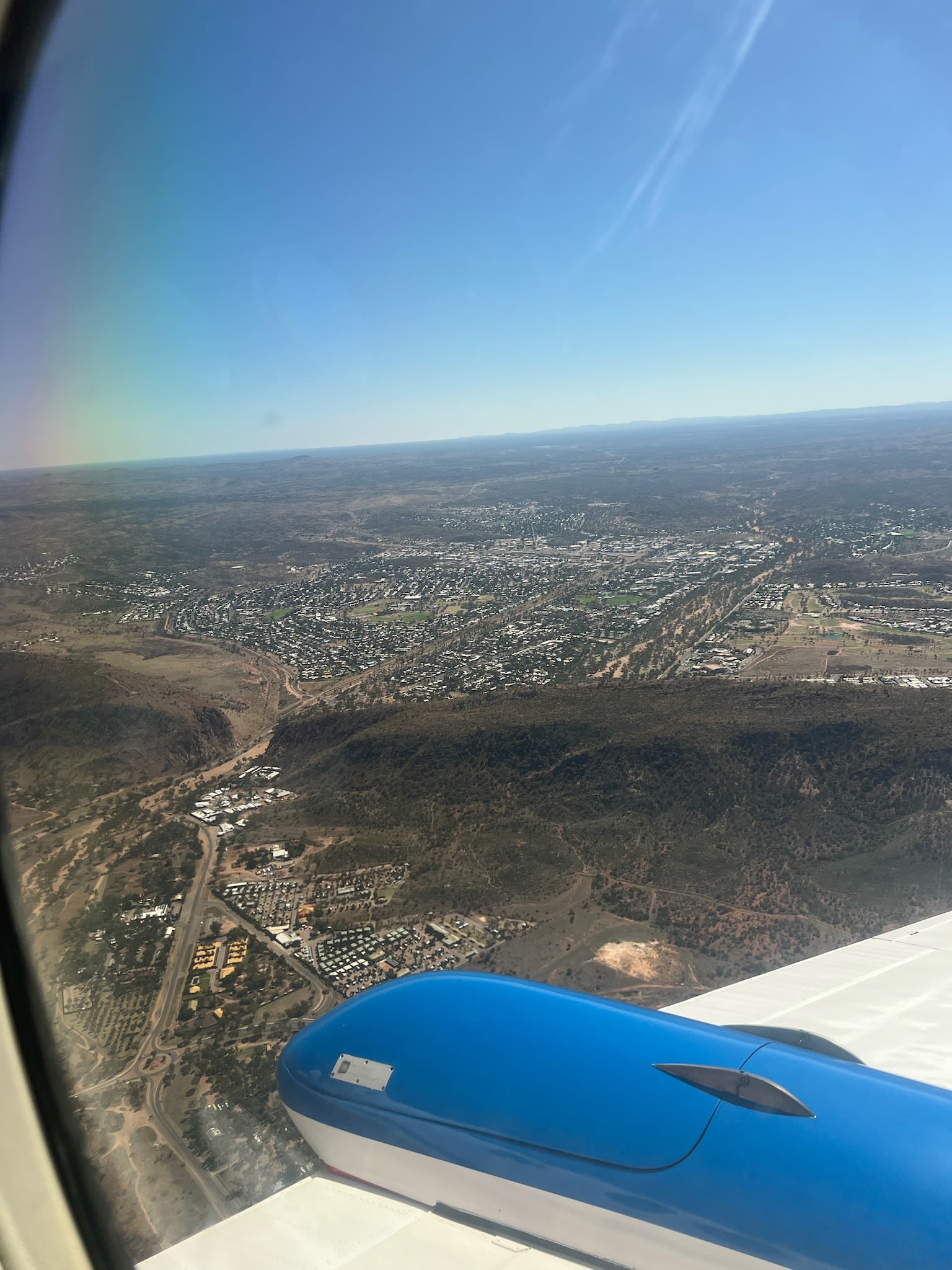
“I think the best way to answer this question is with a question: If you were sick, where would you want to be?”
“I expect many would answer the question that you just want to be close to home and surrounded by people you know and love. This is what these taskings allow us to give to our patients.”
For Phongsri, having her partner back in a Darwin hospital to recover, means the couple can be supported by their extended family, including having their grandchildren nearby.
“I’m so happy to be home with him.”
“Thank you very much for helping him get back home and helping my family. I’m so happy,” she shares.
“We’re really lucky to have the RFDS.”

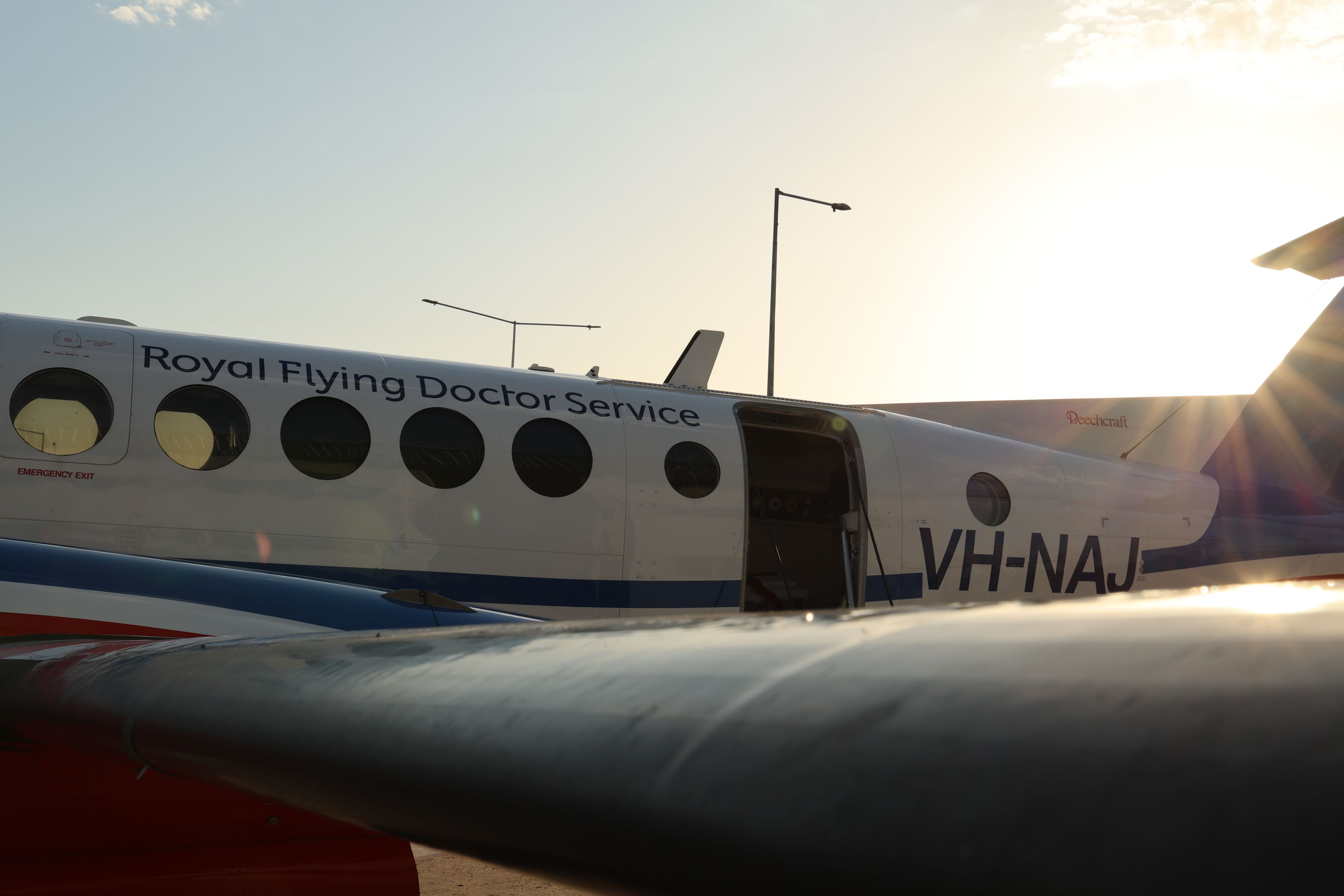
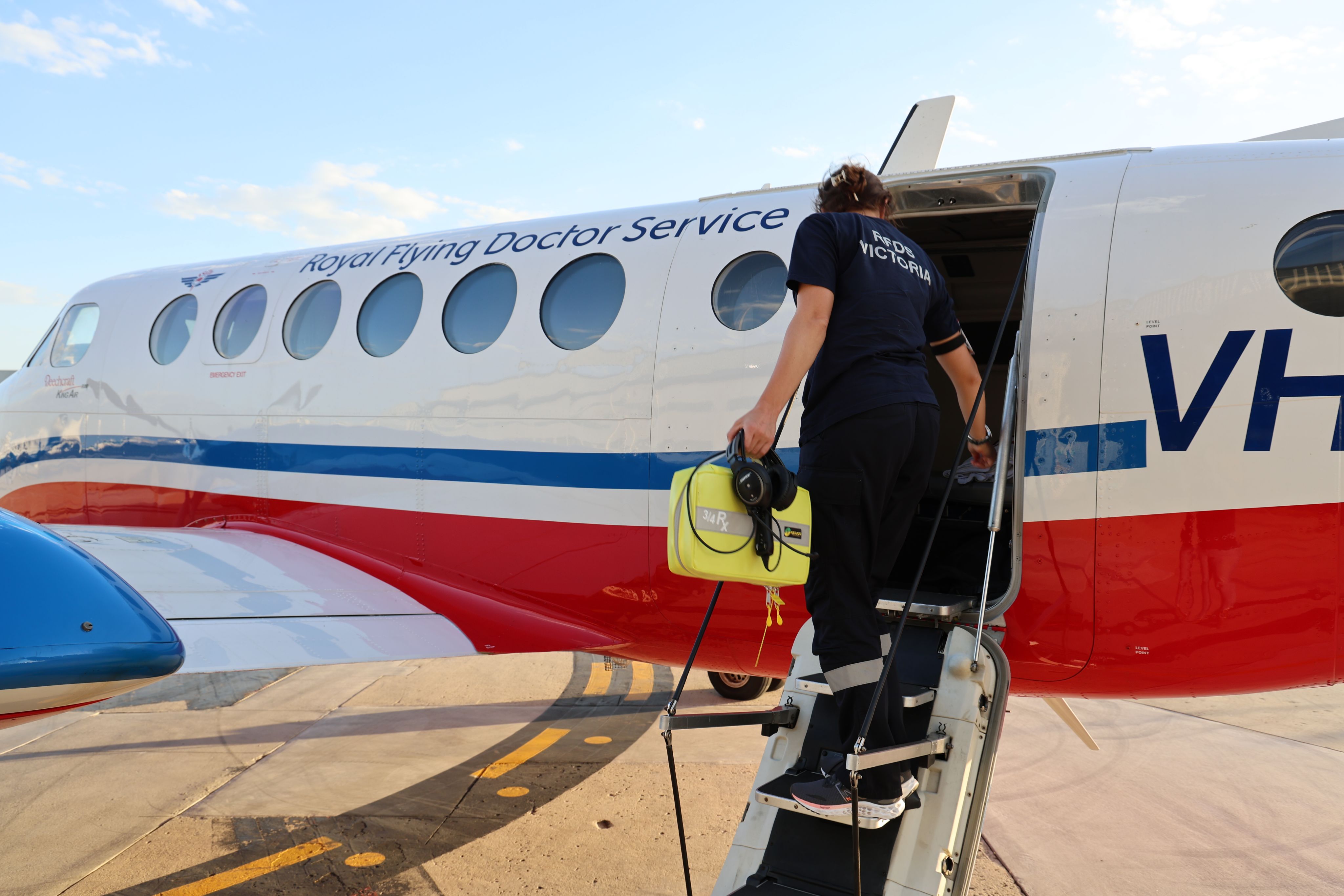
Click here to learn more about the work of our flight crews.
